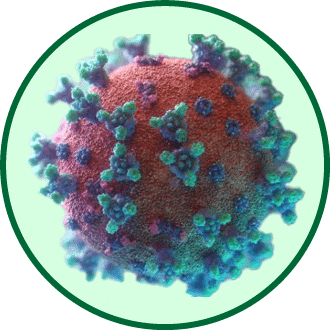Integrating Traditional and Alternative Medicine: A Balanced Approach
Introduction
In an age where healthcare choices abound, many patients are exploring how to integrate traditional (also known as Western or allopathic) medicine with alternative (or complementary) therapies. Such an integrative approach aims to provide holistic care by considering physical, emotional, and spiritual well-being. This article delves into the merits of merging these seemingly opposite realms of healing for a balanced health strategy.
- Traditional Medicine: The Backbone of Modern Healthcare
- Definition and Approach
- Grounded in scientific research and clinical trials.
- Focuses on diagnosing, treating, and preventing diseases.
- Utilizes drugs, surgeries, and other interventions.
- Strengths
- Evidence-based, with treatments subjected to rigorous testing.
- Quick response in emergencies.
- Broad range of specialties for varied health issues.
- Limitations
- May not always consider the whole person (physical, emotional, spiritual).
- Potential side effects of medications.
- Alternative Medicine: An Age-Old Practice with Modern Relevance
- Definition and Approach
- Encompasses non-traditional healing practices.
- Examples include acupuncture, herbal remedies, yoga, and meditation.
- Prioritizes the body’s innate ability to heal.
- Strengths
- Holistic approach considering emotional and spiritual dimensions.
- Generally fewer side effects.
- Emphasizes prevention and wellness.
- Limitations
- Not always evidence-based.
- Potential interactions with conventional treatments.\
- Bridging the Gap: Integrative Medicine
- Definition
- A comprehensive approach that merges best practices from both traditional and alternative therapies.
- Benefits
- Personalized care tailored to the individual's needs.
- A broader toolkit for healthcare providers.
- Emphasis on patient-practitioner partnership.
- Challenges
- Need for rigorous research to validate alternative treatments.
- Ensuring safe combinations of therapies.
- Overcoming skepticism within the traditional medical community.
- Successful Integration: Tips for Patients and Practitioners
- Open Dialogue
- Patients should disclose all therapies to avoid potential interactions.
- Practitioners must listen without judgment and provide evidence-based guidance.
- Continuous Education
- Staying updated on the latest research and developments in both fields.
- Monitoring and Follow-up
- Regular check-ins to assess the effectiveness of combined treatments.
- Case Studies
- Chronic Pain Management
- Traditional: Prescription painkillers.
- Alternative: Acupuncture or chiropractic treatments.
- Integrative Approach: Using painkillers for acute flare-ups while undergoing regular acupuncture sessions for long-term relief.
- Depression Treatment
- Traditional: Antidepressants.
- Alternative: Meditation or St. John's Wort.
- Integrative Approach: Combining medications with mindfulness practices for holistic mental health support.
Conclusion
Integrating traditional and alternative medicine is an evolving journey, bridging centuries-old wisdom with modern science. By recognizing the strengths and limitations of each, patients and practitioners can cultivate a balanced, patient-centered approach to healthcare that promises both healing and well-being.
Keywords: traditional medicine, alternative medicine, integrative medicine, holistic care, acupuncture, herbal remedies, evidence-based, personalized care, chronic pain, depression, mindfulness, patient-centered.
